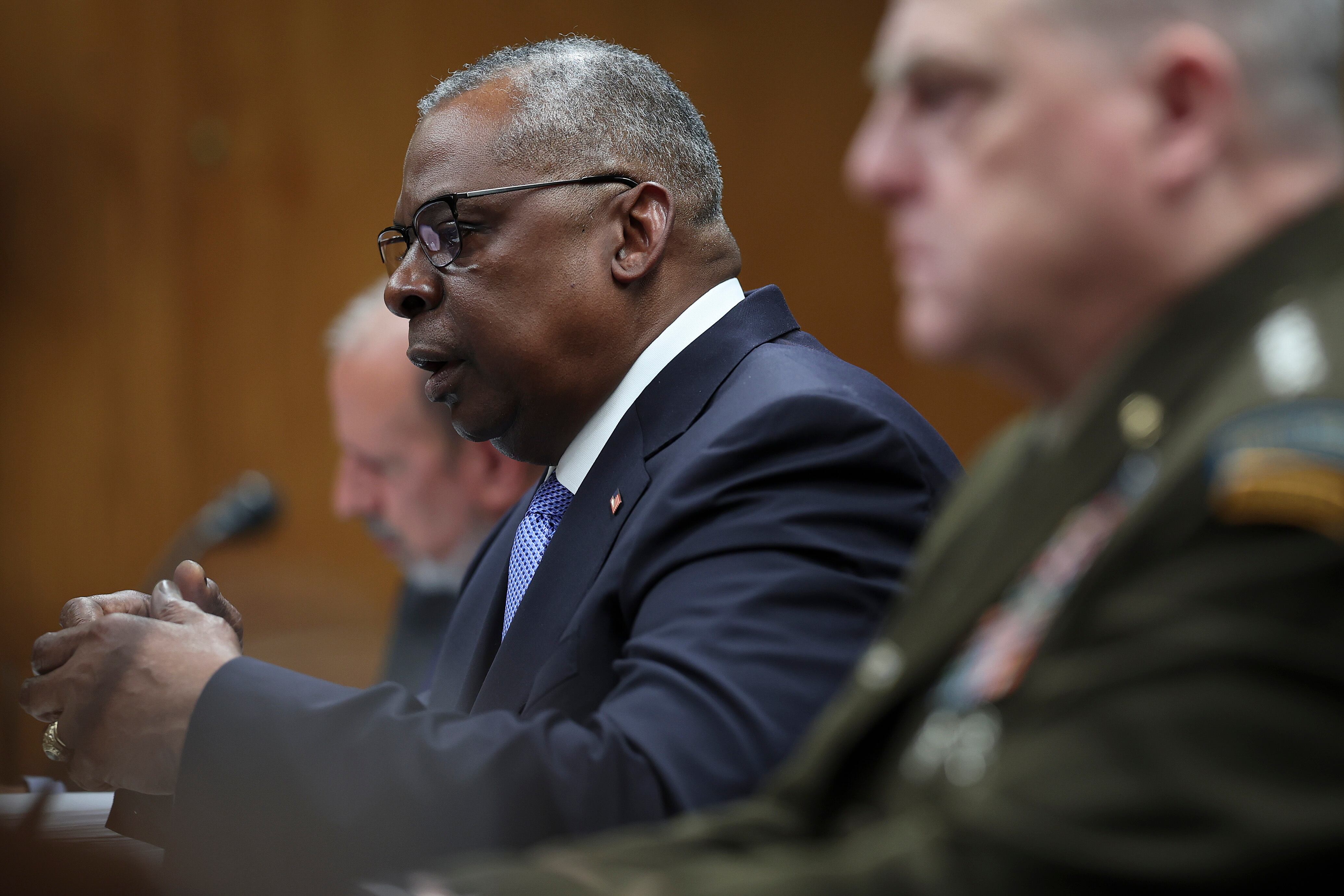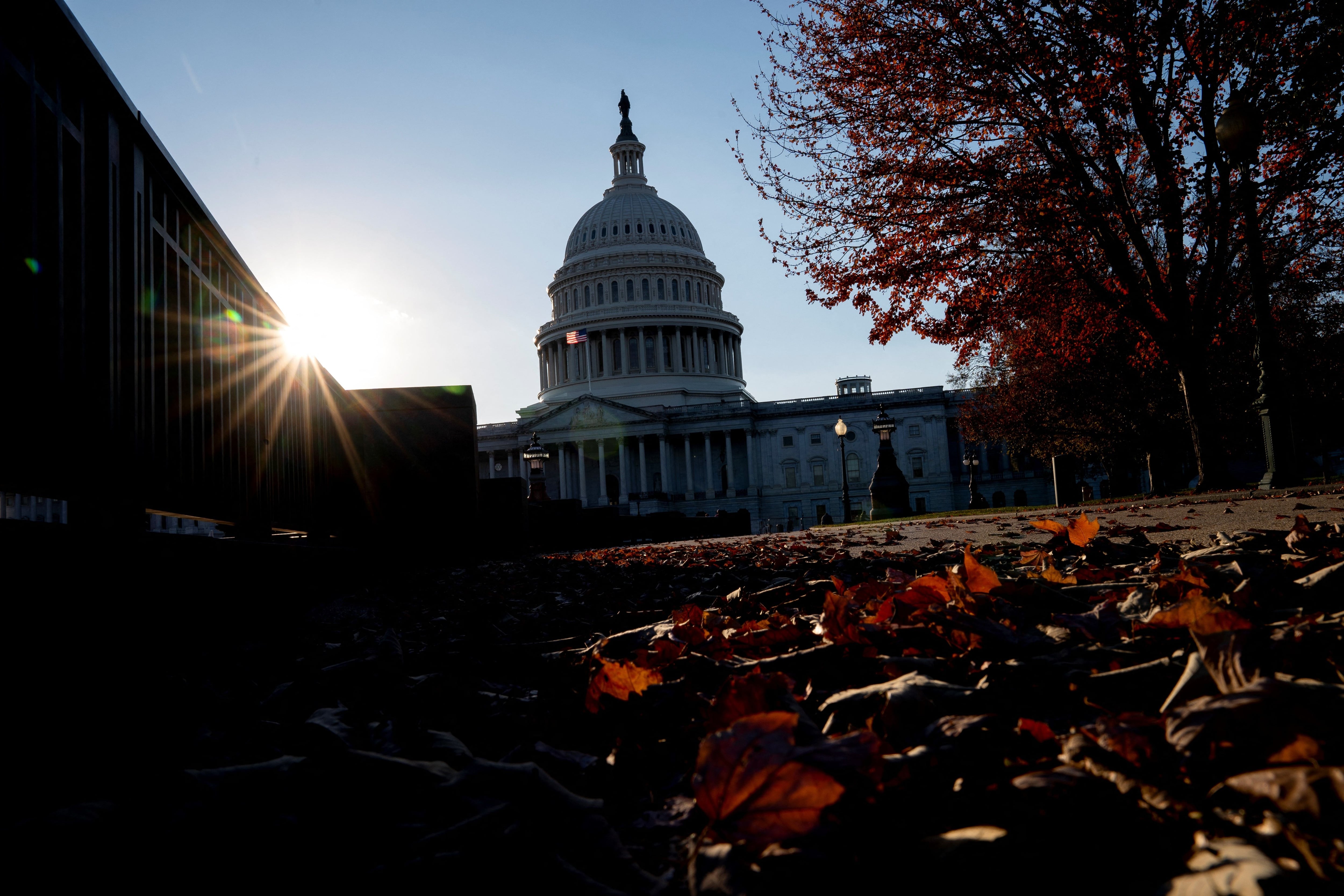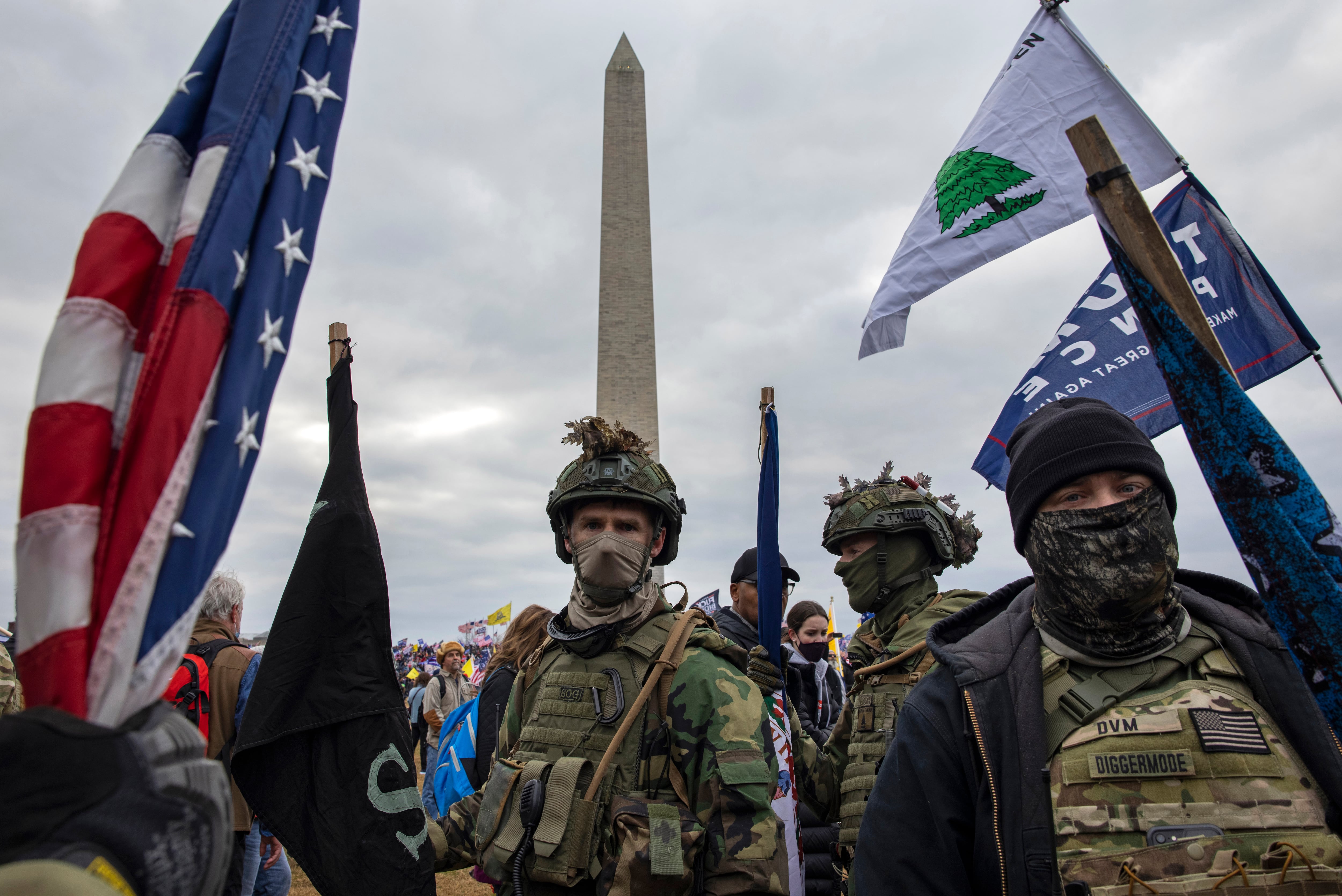WASHINGTON — President Joe Biden is making his first visit to the Pentagon as commander in chief, taking stock of a military as it pivots from the turmoil of the Trump years and focuses to an unusual degree on domestic and internal issues.
Biden planned to meet Wednesday afternoon with senior civilian and military leaders and address the Pentagon workforce.
As defense leaders await direction from Biden on possible new approaches to overseas security threats, Defense Secretary Lloyd Austin is treating the coronavirus pandemic as a top priority and ordering fresh assessments of how to root out sexual assault and extremism in the military’s ranks.
Austin himself is in the spotlight after winning Senate confirmation as only the third recently retired military officer to lead the Pentagon. Critics have questioned whether his appointment, which required a congressional waiver, weakens the principle of civilian control of the military.
Austin moved quickly to surround himself with a core of civilian assistants, including Kelly Magsamen, a defense policy expert and former Pentagon official who is now his chief of staff. The deputy defense secretary is Kathleen Hicks, a policy expert and the first woman to win Senate confirmation for that position.
Austin spent 41 years in the Army, retiring in 2016 as a four-star general after heading U.S. Central Command. During Biden’s years as vice president in the Obama administration, he worked with Austin on winding down U.S. involvement in Iraq, where Austin was the top commander in 2010-11.
During the Trump administration, the Pentagon endured a loss of top-flight civilian talent, in part because of instability at the top. Trump had two Senate-confirmed defense secretaries, as well as three secretaries who held the role in an acting capacity. Morale suffered and some senior positions went unfilled.
Biden had considered choosing Michele Flournoy to lead the Pentagon; she would have been the first woman in that job. Instead he picked Austin, who is the first Black defense secretary and in Biden’s view is the right person at a time of evolving security threats and continuing risk from the coronavirus.
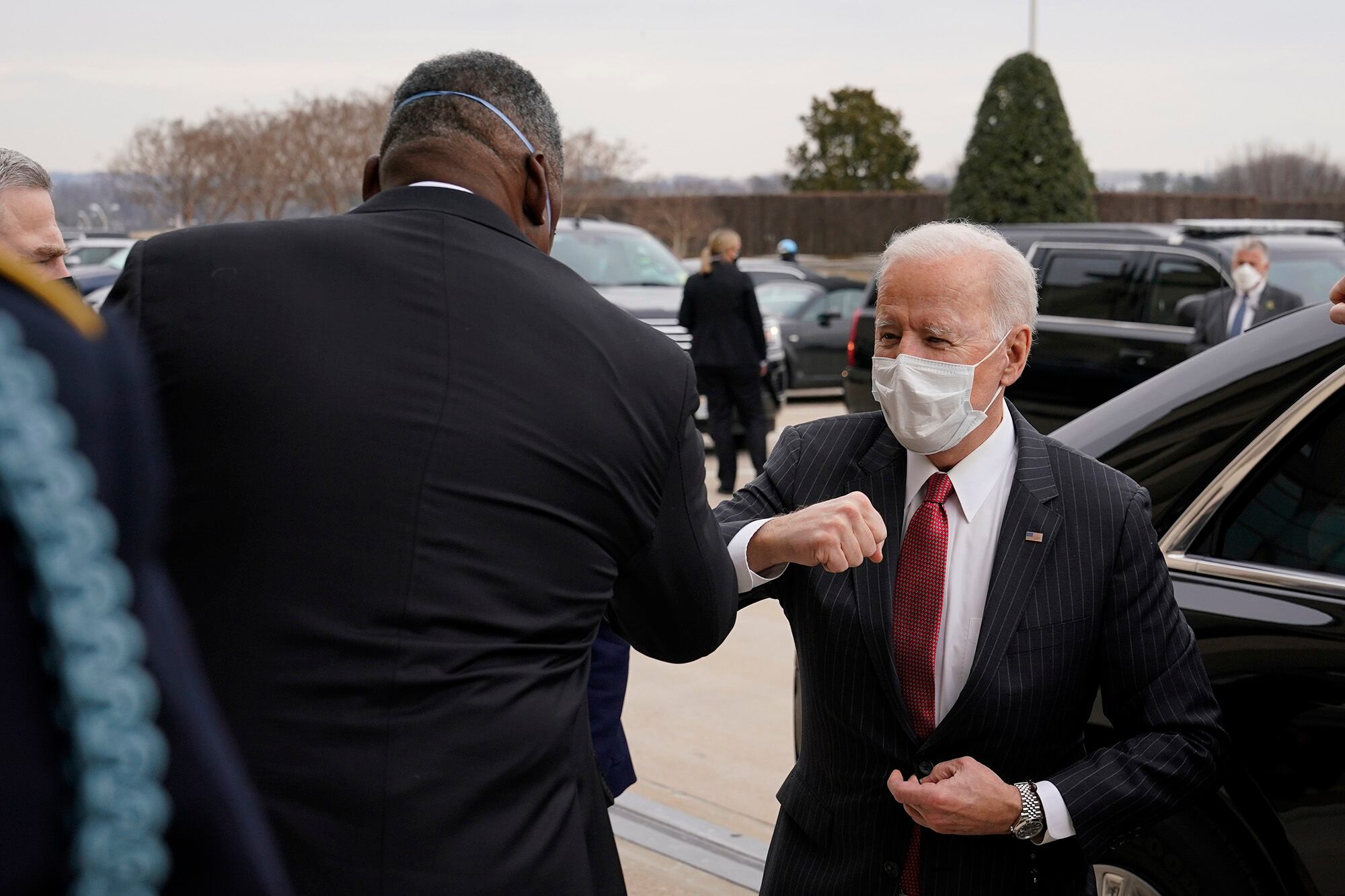
On his first day in office, Austin issued a message to the force that emphasized his commitment to finding ways the military can help the government move “further and faster” to fight the pandemic. Already there are more than 24,000 National Guard members providing logistical support for the vaccine program and giving as many as 50,000 shots per day.
Last week, the Pentagon announced it will deploy more than 1,100 troops to five vaccination centers at the request of the Federal Emergency Management Agency. This marks the first wave of increased military support for the national vaccination campaign. The military is preparing to deploy the first team of about 222 service members to a vaccination center in California, and it says it is ready to deploy four similar teams to other centers when FEMA is ready. FEMA has asked the Pentagon to supply as many as 10,000 troops to staff 100 centers, but Austin is approving the teams incrementally as the locations are identified.
Austin also is pushing for policy adjustments to account for the effects of climate change on military missions, as well as the consequences of extreme weather events on domestic military bases.
Austin is preparing to address other Biden priorities, including an assessment of how to deal with the national security challenges posed by China’s modernized and more assertive military. He has said he intends to visit the Asia-Pacific region as early in his tenure as possible.
The Pentagon is participating in an administration assessment of the peace deal the Trump administration struck with the Taliban one year ago. The deal requires the United States to withdraw all of its troops from Afghanistan by May, a deadline the Biden administration is reassessing.
Austin also is launching a broad review of how U.S. forces are positioned around the world. In announcing his “global force posture review” last week, he said it will assess the military “footprint, resources, strategy and missions.”
RELATED
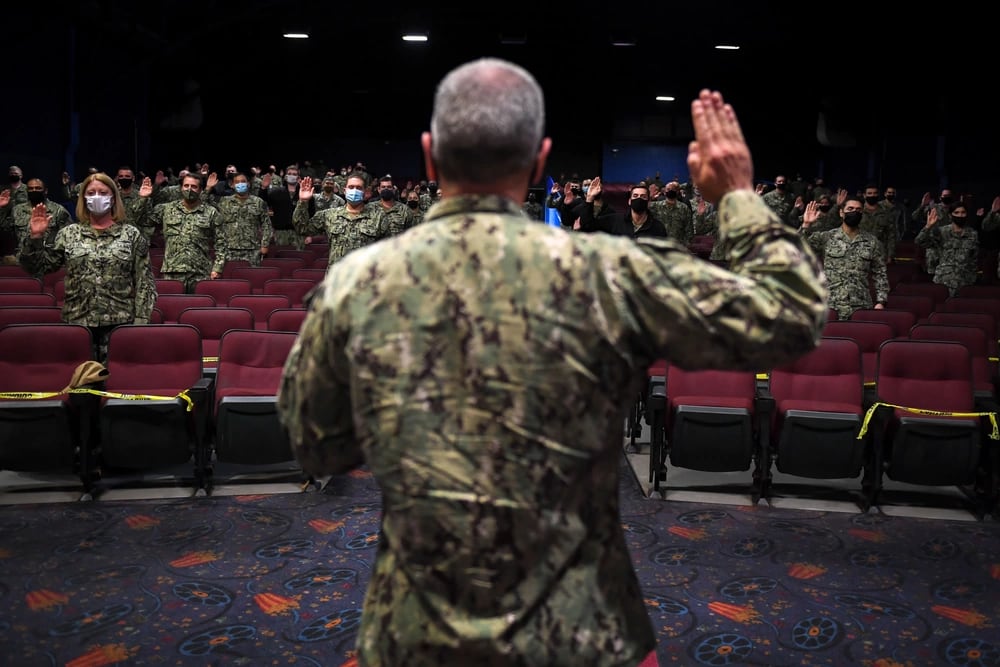
On the home front, Austin has inherited the aftereffects of the Jan. 6 insurrection on Capitol Hill. On Inauguration Day, there were about 26,000 National Guard troops in Washington providing security, though the number as of Tuesday had dropped to 6,200. The number is expected to drop to about 5,000 by the end of the month, with the remainder gone by mid-March.
In addition to his ordered reviews of sexual assault programs and extremism in the ranks, Austin has launched a review of all defense advisory panels as part of a move to purge several dozen people who were last-minute appointments in the final weeks of the Trump administration.


